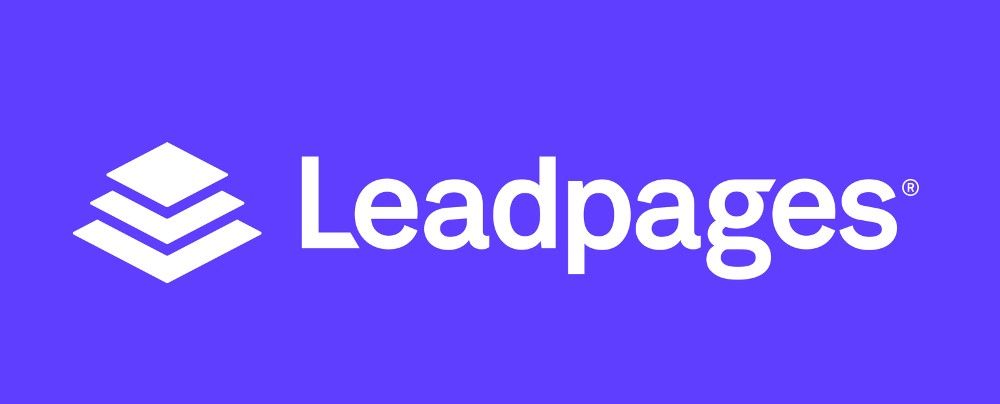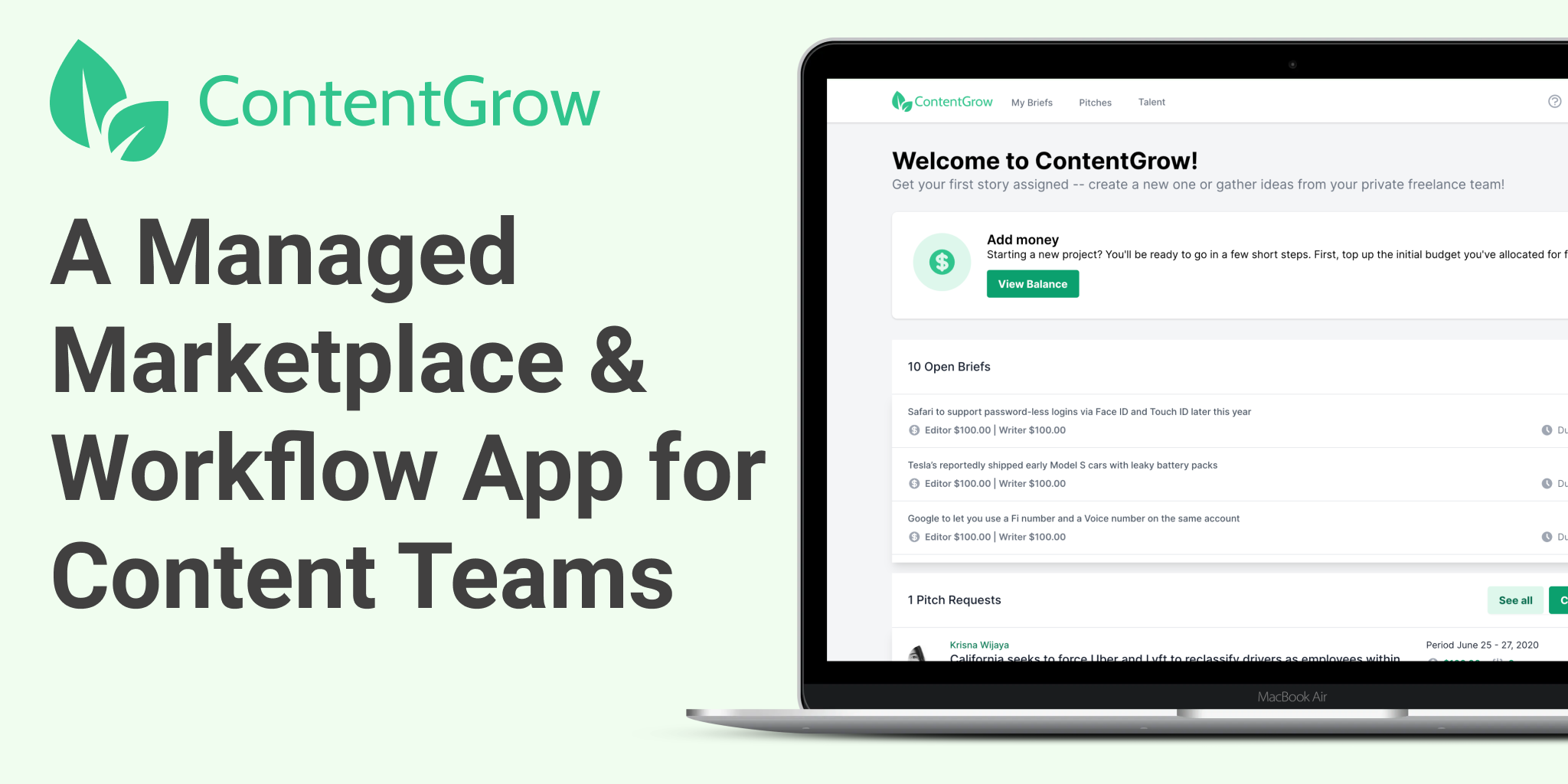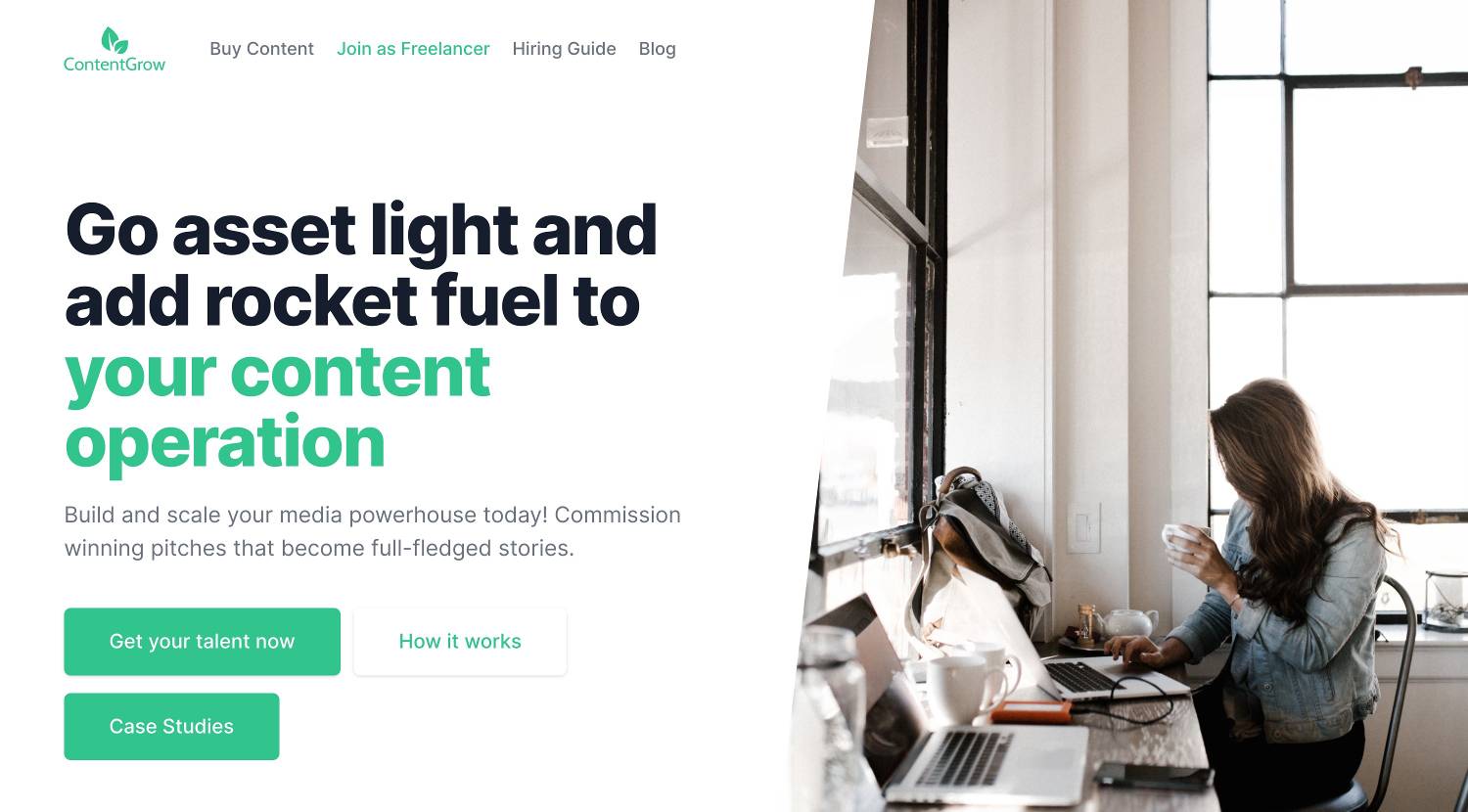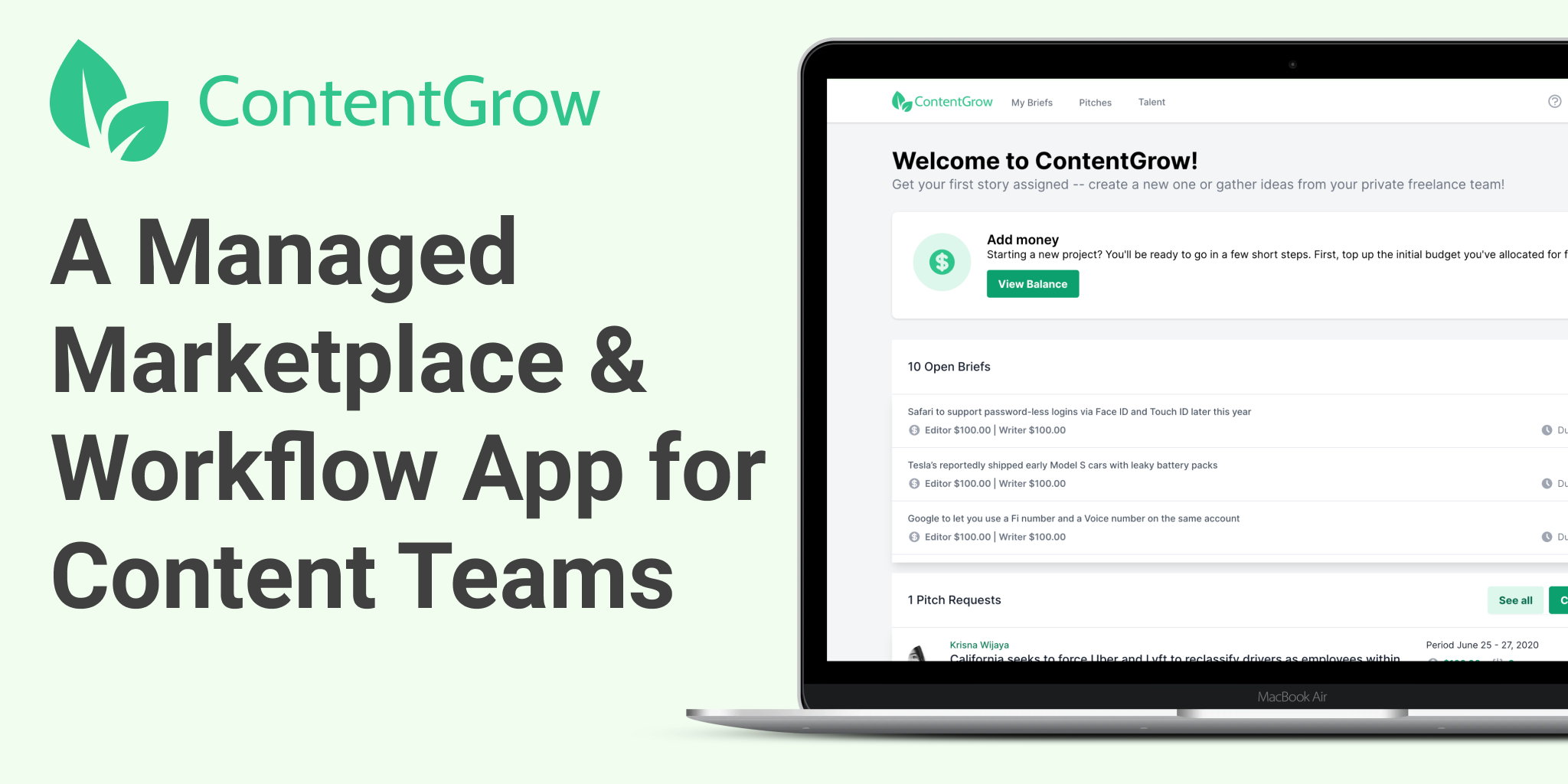3 recommended landing page builders for marketers in 2022
When selecting the right landing page builder for your brand, consider the must-haves of your business category and budget.

Landing pages are necessary for ad and marketing campaigns if you want your business to grow. The point of a landing page is to convert users with a single objective via a clear call to action (CTA). This is easier said than done, however, especially for new or small organizations.
Research from Hubspot shows that mobile-friendly landing pages with personalized CTAs tend to perform 202% better than pages without those traits. Because of this, it's important to brands to be able to build their own landing pages quickly and easily – and then be able to update them at a moment's notice (best not to need to wait for the dev team).
So to offer nimble and universal support to your campaigns this year, we've rounded up three recommended landing page builders for marketers in 2022.
1. Leadpages

Leadpages can be used to build your landing page quickly and get the word out about your products. Its conversion tool kit can also help make your posted content more effective when it comes to customer acquisition.
More than 40,000 small businesses use Leadpages, as the app's estimated annual revenue is US$18 million. Before being acquired by Redbrick in 2020, Leadpages successfully closed US$38 million in total funding.
Key features: digitized asset delivery, mobile templates, A/B split testing (analytics and testing), easy drag-and-drop customization, HTML editing, fast web hosting, sub accounts, unlimited publishing, video player, and lead capture pop-ups.
Pricing: monthly plans start at US$37 for the standard option. The pro plan is US$79, and advanced is $321. Like most landing page builders, it offers a 14-day free trial. Prices also get substantially cheaper if you pay annually.
Strengths :
- Easy third-party app integrations (includes Zapier, WordPress, and others)
- Plenty of pre-made templates (160+ templates available)
- The user-friendly interface and drag-and-drop builder make it easy to design a site from scratch
- It claims to load 2.4 times faster than other leading landing page builders, with fast hosting and browsing
- Great analytics to monitor and review landing pages
Weaknesses :
- Design and editing tools need some updates; it's hard to fine-tune some elements
- Templates are not perfect; there are some issues with the customization option

2. Unbounce

Unbounce is one of the more affordable landing page builders for SMEs and is used by over 15,000 businesses. It has a team of more than a 200 people, with prominent clients like Hootsuite, Zola, and World Vision. Back in June 2020, Unbounce announced that it had raised US$38.4 million in series A funding.
Key features: fully customizable with mobile-friendly templates, targeted pop-ups, A/B testing (split test tool), use of SSL encryption to secure your landing pages, access to lead generation tools, the power to publish landing pages on your domain, dynamic keyword insertion to optimize landing pages for SEM and third-party marketing tool integration, 8,000+ royalty-free photos, advanced safety features, and a drag-and-drop editor.
Pricing: smart builder launch (US$81 per month billed annually), smart builder optimize (US$122 per month billed annually), smart builder accelerate (US$203 per month billed annually).
The launch plan gives you up to 500 conversions and 20,000 visitors per month. The higher up you go in pricing, the more conversions and visitors you’re allowed to have. The martech firm also offers a 14-day free trial like other landing page builders.
Strengths:
- Easy-to-use tracking pixel
- More than 100 simple templates and access to industry-specific templates
Weaknesses:
- Steep learning curve and issues regarding mobile optimization
- It needs better analytics tracking functions

3. Instapage

Instapage is considered one of the most advanced and easy-to-use landing page builders on the market. It offers over 500 customizable templates built for conversion. In 2022, Instapage's revenue run rate hit US$19.2 million with clients ranging from Verifone to Verizon and Hellofresh.
Key features: drag-and-drop builder, Thor and AMP render engine, real-time visual on-page collaboration, heatmaps, A/B testing, integration with popular apps like AWeber, Autopilot, GetResponse, Hubspot, MailChimp and Zapier; codeless integration with Facebook Advertising and Google Analytics.
Pricing: the business plan is US$149 per month if you pay annually. If you go monthly, the price jumps to US$199. The other package is called conversion cloud, which is essentially Instapage's custom plan.
Unlike other landing pages, Instapage does not offer a free trial.
Strengths:
- Numerous integration options
- A variety of internal stock images if you need media content
- Mobile-friendly
- Unlimited unique visitor support
- A ton of customizable and ready-to-use templates
- Good analytics and graphs to help brands make smarter business decisions
Weaknesses:
- High pricing
- The mobile friendliness of landing pages is hit-or-miss
So, which landing page builder is right for you? The answer will depend on your brand's unique needs. Consider the must-haves of your business category and budget.
The good news is that most of these tools offer a free trial and a money-back guarantee, so you can try them out first before committing to payment.
Save time and money when producing high-quality content. ContentGrow helps marketing teams work with perfectly-matched freelance writers and journalists at preferred rates. Fill out the form below to get a shortlist of talent or visit the site below to get started.




